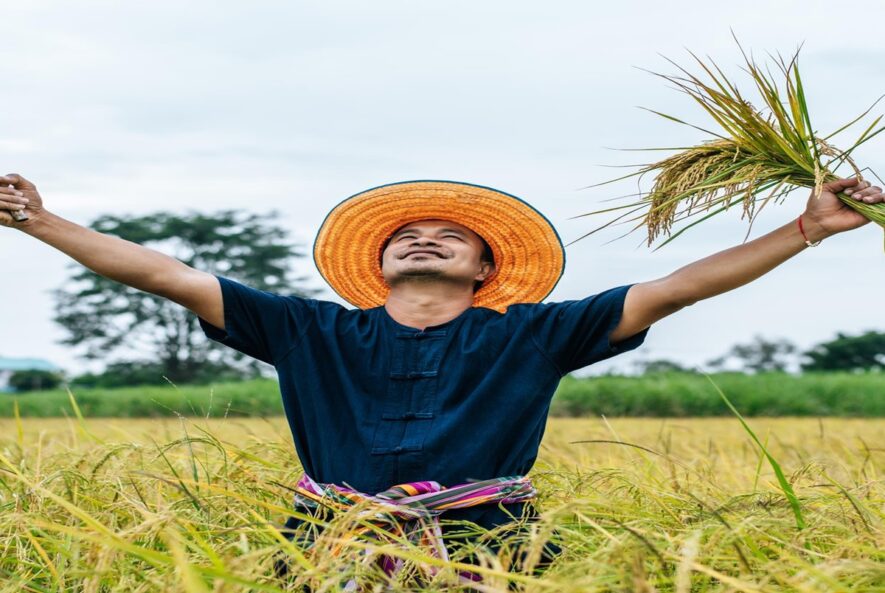
Absolutely — Precision Agriculture for paddy (rice farming) is more important than ever, especially in the face of climate change. Here’s why it matters so much today:
🌾 Why Precision Agriculture for Paddy Matters Today
🌍 1. Climate Change Is Disrupting Traditional Rice Farming
Erratic rainfall, rising temperatures, and flooding are making paddy farming less predictable.
Traditional methods rely heavily on fixed seasonal patterns, which are no longer reliable.
👉 Precision agriculture adapts to these changes with real-time data, reducing the guesswork.
💧 2. Water Management Is Critical
Rice is a water-intensive crop, but water scarcity is increasing due to climate change.
Precision tech like soil moisture sensors, satellite imagery, and smart irrigation ensures farmers use water efficiently — only when and where it’s needed.
🌱 3. Boosting Yields While Protecting the Environment
Overuse of fertilizers and pesticides harms the land and contributes to emissions.
With tools like GPS mapping, drones, and AI-driven apps, farmers can apply inputs precisely — improving yields and reducing environmental impact.
📉 4. Reducing Emissions from Rice Fields
Paddy fields are major sources of methane, a powerful greenhouse gas.
Techniques like alternate wetting and drying (AWD), guided by precision tools, can significantly cut methane emissions.
📲 5. Helping Small Farmers Stay Resilient
Precision agriculture isn’t just for big farms anymore — mobile tech is putting smart farming tools into the hands of smallholder rice farmers.
This helps them adapt quickly, reduce losses, and make data-driven decisions despite unpredictable conditions.
🚀 Real Impact
In countries like India, Vietnam, and the Philippines, precision farming methods have increased rice yields by up to 30% while cutting water and input use by up to 50%.
That’s more food, less waste, and lower emissions — all crucial as climate pressures grow.




